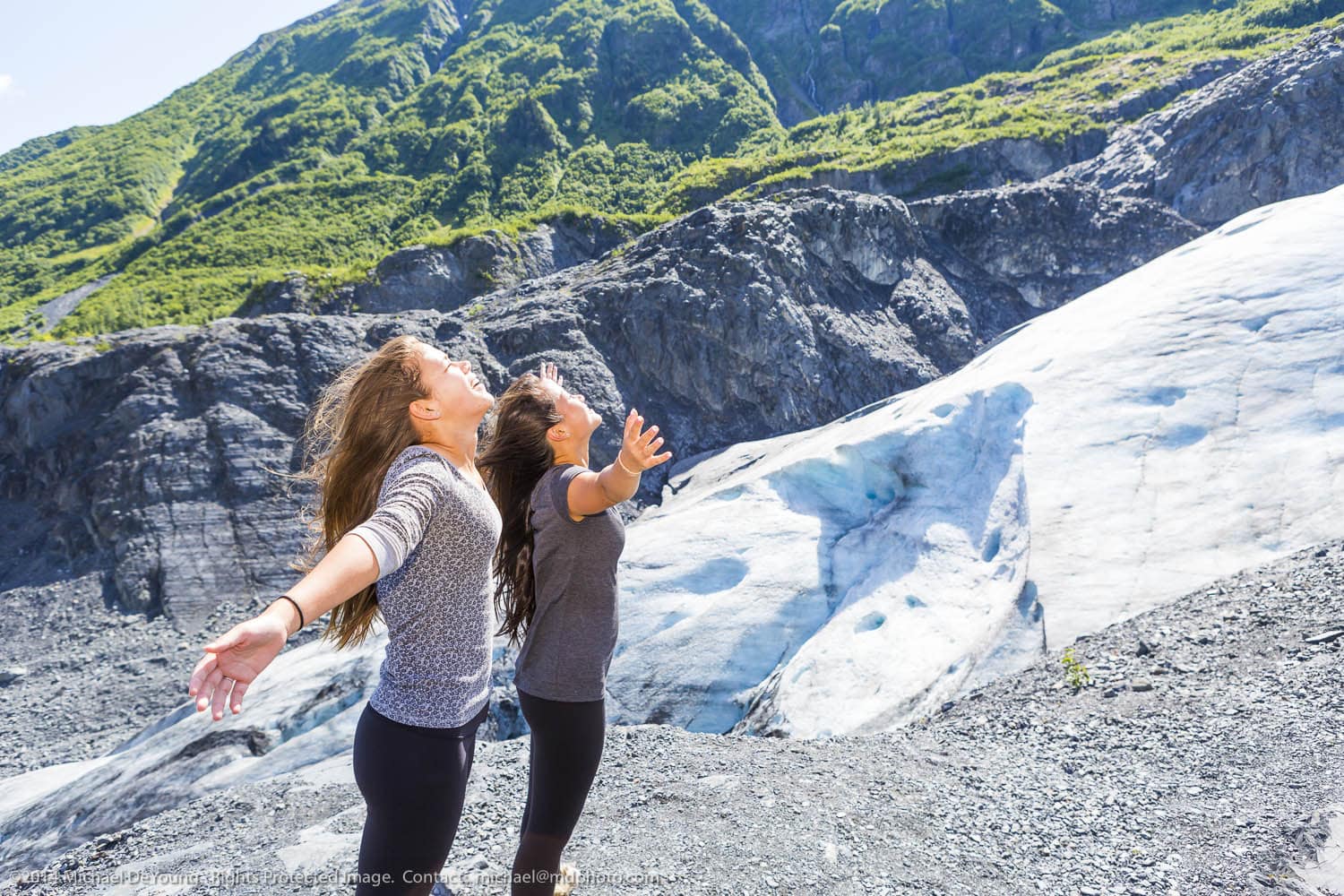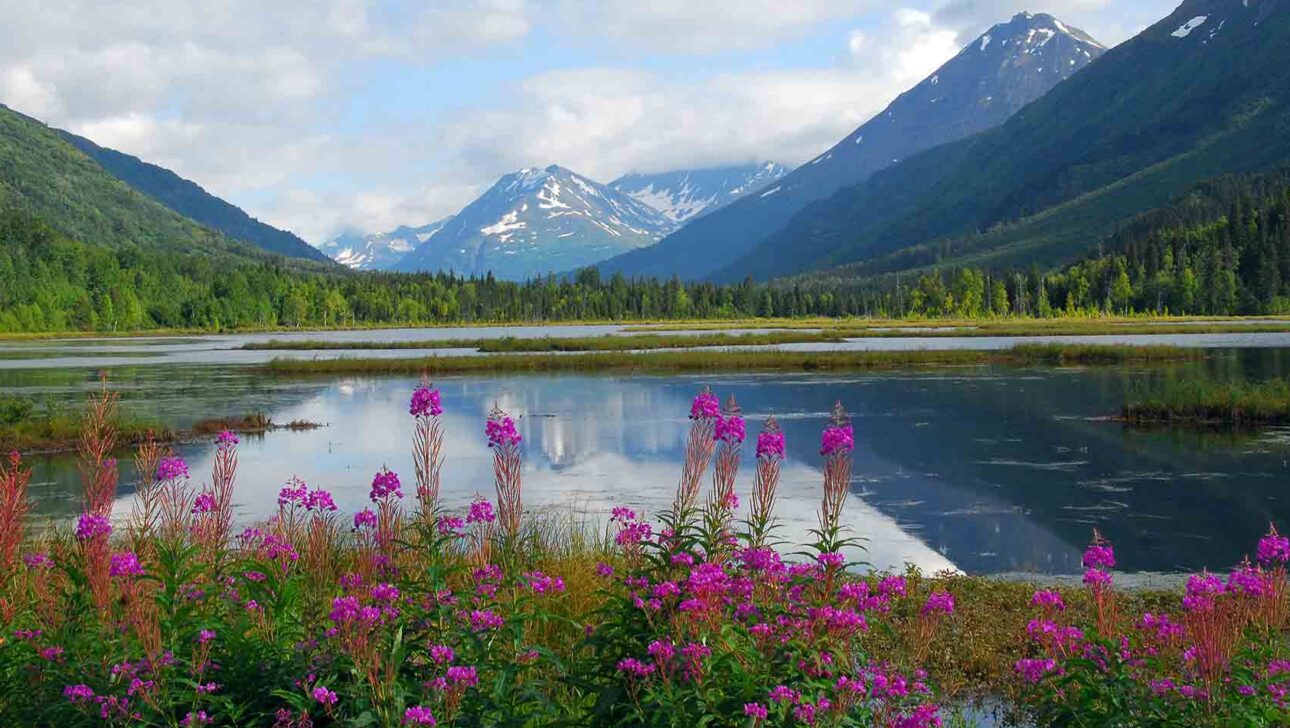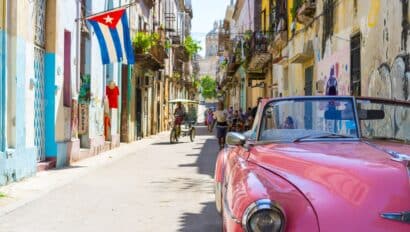As the largest U.S. state, Alaska has a LOT to offer visitors, including spectacular vistas, expansive glaciers, and wildlife galore. But while its shoreline is undoubtedly incredible, Alaska’s rugged interior is where the real wilderness begins. Here are five of the best ways to get a true taste of this remote and remarkable place.
Visit Bird Point & Walk Along the Byron Glacier Trail
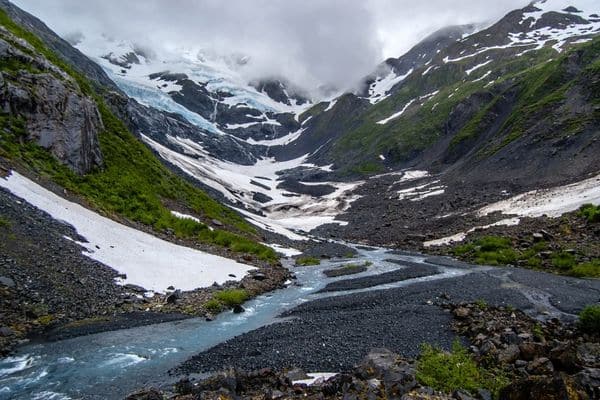
When it’s high tide and the salmon run is in full swing, Alaska’s Turnagain Arm becomes a feasting ground for dozens of beluga whales, and Bird Point offers prime viewing. Located along Seward Highway, a 127-mile National Forest Scenic Byway that winds its way from Anchorage to Seward, Bird Point is a prominent observation park that’s surrounded by natural beauty.
The Rocky Chugach Mountains rise above it on one side, and on the other lies Turnagain Arm, a narrow branch of Cook Inlet. Here, surfers come to tackle the twice-daily bore tide—which produces waves up to 10 feet high—and harbor seals vie for food, avoiding the treacherous mud flats that are visible at low tide.
Once you take in the scenery, consider a walk along the paved pathway connecting Bird Point with the mountain town of Girdwood. For the bulk of six miles, it skirts the mountains’ curves, resulting in a wealth of picture-perfect vistas.
On foot is also the best way to get an up-close view of Byron Glacier, one of the most accessible glaciers in Alaska. The 3.2-mile Byron Glacier Trail wanders through fern-filled forests brimming with alder and cottonwood trees and meanders upstream along Bryon Creek to an overlook. Beyond it hangs Byron Glacier, a stunning mass of blue and white ice that pours down the mountain peaks.
Check Out the Wildlife at Kenai Fjords & the Kenai National Wildlife Refuge
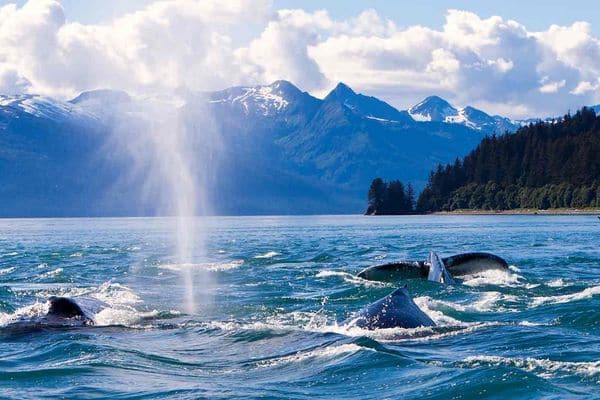
The diversity of wildlife in Alaska is outstanding, but there are some places where you have a better chance of spotting moose and brown bears than others. These include Kenai Fjords National Park, a more than 587,000-acre wilderness, known for its rugged coastline, lush forests, and impressive peaks, not to mention a vast array of wildlife. Many people consider it to be “Alaska in miniature.”
Kayak the waters of the park’s Aialik Bay and you may see playful humpback whales and Stellar sea lions swimming beside you, or a sea otter floating by. Black and brown bears are often visible as they scour the fjords for fish, while bald eagles and peregrine falcons regularly circle the skies above.
Puffins, easily recognizable by their colorful bills and reddish-orange feet (traits that helped earn them the nickname, “parrots of the sea”), typically nest at Cape Resurrection. Look for moose feeding on willow and alder leaves.
Further northwest, Kenai National Wildlife Refuge hosts its own wildlife extravaganza, thanks in part to its extreme biodiversity: this is where two contrasting biomes—Sitka spruce-dominated coastal rainforest and North America’s western-most reach of boreal forest—meet.
Keep an eye out for mountain goats and Dall sheep wandering across the nearly two-million-acre refuge’s treeless tundra, and moose, bears, and lynx traversing amid the conifer trees and along hiking trails.
Experience the Rich History of the Iditarod Trail
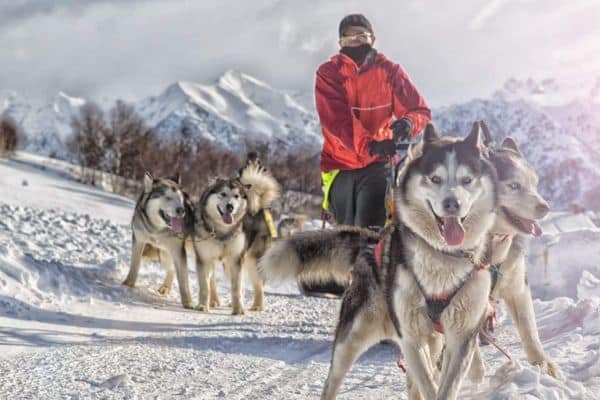
It’s one of Alaska’s most legendary trails and the inspiration for one of the state’s best-known races. The Iditarod Trail originated as a vast network of winter trails connecting Native Alaskan villages and was later used by dog-sledders delivering mail and supplies to gold rush miners during harsh winter months when no other transport was viable.
Since 1973, the trail’s longest portion—a more than 1000-mile stretch that runs from Seward to Nome—has been the impetus for the Iditarod, an aptly-named sled dog race held annually each March. Over the course of two weeks, dozens of mostly-Alaskan mushers and their teams of Malamutes, Huskies, and Chinooks battle extreme weather, freezing temperatures, and a range of topography that includes stark tundra and occasional sea ice, all commemorating the part that sled dogs played in Alaska’s settlement. Thanks in part to the race, the US government declared the Iditarod Trail a National Historic Trail in 1978.
While much of the trail stretches across Alaska’s remote interior and is impassable without snow, there are some portions that are best accessed in warmer weather. To experience the Iditarod Trail for yourself, head to the Crow Pass Trail in Girdwood. You’ll follow along ridgelines, pass by waterfalls, and walk among history, including the original trail’s highest point.
Bundle Up for Walks Along Grewingk & Exit Glaciers
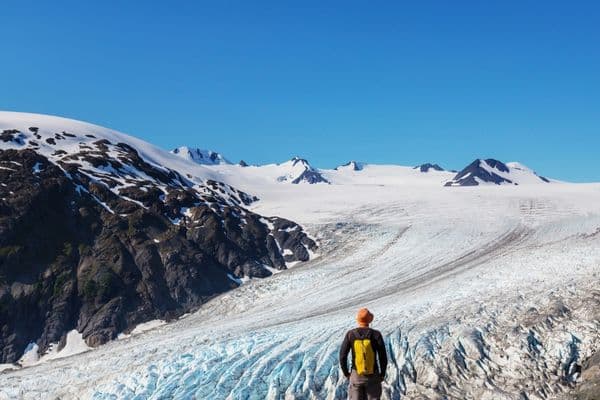
Tucked among the forests, mountains, and coastline of 400,000-acre Kachemak Bay State Park, accessible only by boat or floatplane, the Grewingk Glacier Trail is worth braving the elements. Stands of Sitka spruce and towering cottonwood trees culminate on the shore of a glacier lake, an entry point for the 13-mile-long Grewingk Glacier, which spreads across the Kenai Mountains.
Kenai Fjords National Park is partial-home to the Harding Icefield, a more than 700-square-mile Ice Age relic that gives way to nearly 40 glaciers. Among them is the Exit Glacier, so named because it served as an exit point for the first-ever recorded crossing of the icefield. It’s also the most easily accessible glacier in the park.
Although visible from the road, the best views of the glacier come from embarking along the 2.2-mile Exit Glacier Overlook loop trail. A fascinating information display illustrates the glacier’s eye-opening—and rapid—retreat.
Explore the Quintessential Alaskan Towns of Seward & Homer
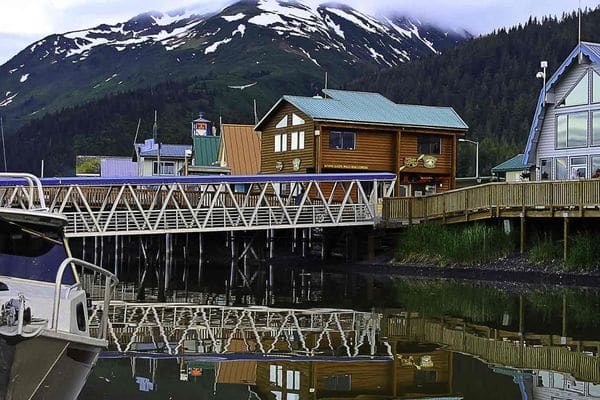
For a dive into Alaska’s local heritage, a visit to its coastal towns is a must. Two in particular, Seward and Homer, offer an ideal combination of culture and scenery, with plenty of history to boot.
Perched between the mountains and Resurrection Bay in southern Alaska’s Kenai Peninsula, Seward is a small port city that sits at the southern end of the Seward Highway. It also serves as the southern terminus of the Alaska Railroad, and is the gateway to Kenai Fjords National Park.
Dozens of colorful murals decorate the exteriors of Seward’s charming downtown, highlighting the city’s Qutekcak roots, its local marine life, and the devastating Earthquake of 1964. The Seward Museum provides additional insight into the latter, while the Alaska SeaLife Center is the go-to place to see resident seals, jellyfish, and puffins.
Sit along the waterfront and watch anglers return with their daily catches, or take a stroll along the Seward Waterfront Trail, a paved multi-use path that travels alongside the bay, where sea otters and the occasional whale feed and play.
A three-hour drive northeast along the waters of Kachemak Bay, Homer offers plenty of mouth-gaping vistas, top-notch dining experiences, and art galleries, and loads of outdoor adventure. While Pioneer Avenue is downtown’s main stretch, Homer Spit is one of the small city’s other indisputable calling cards. Stretching 4.5 miles into the deep blue bay, this narrow strip of land is a bustling hub of sea kayaking ventures, fishing charters, and some of the best eagle viewing (depending on the time of year) in the state.
Experience Alaska on foot and at eye level with Classic Journeys. Contact our Travel Experience Team to learn more about our Alaskan Walking Tour and reserve your space on an upcoming departure.
